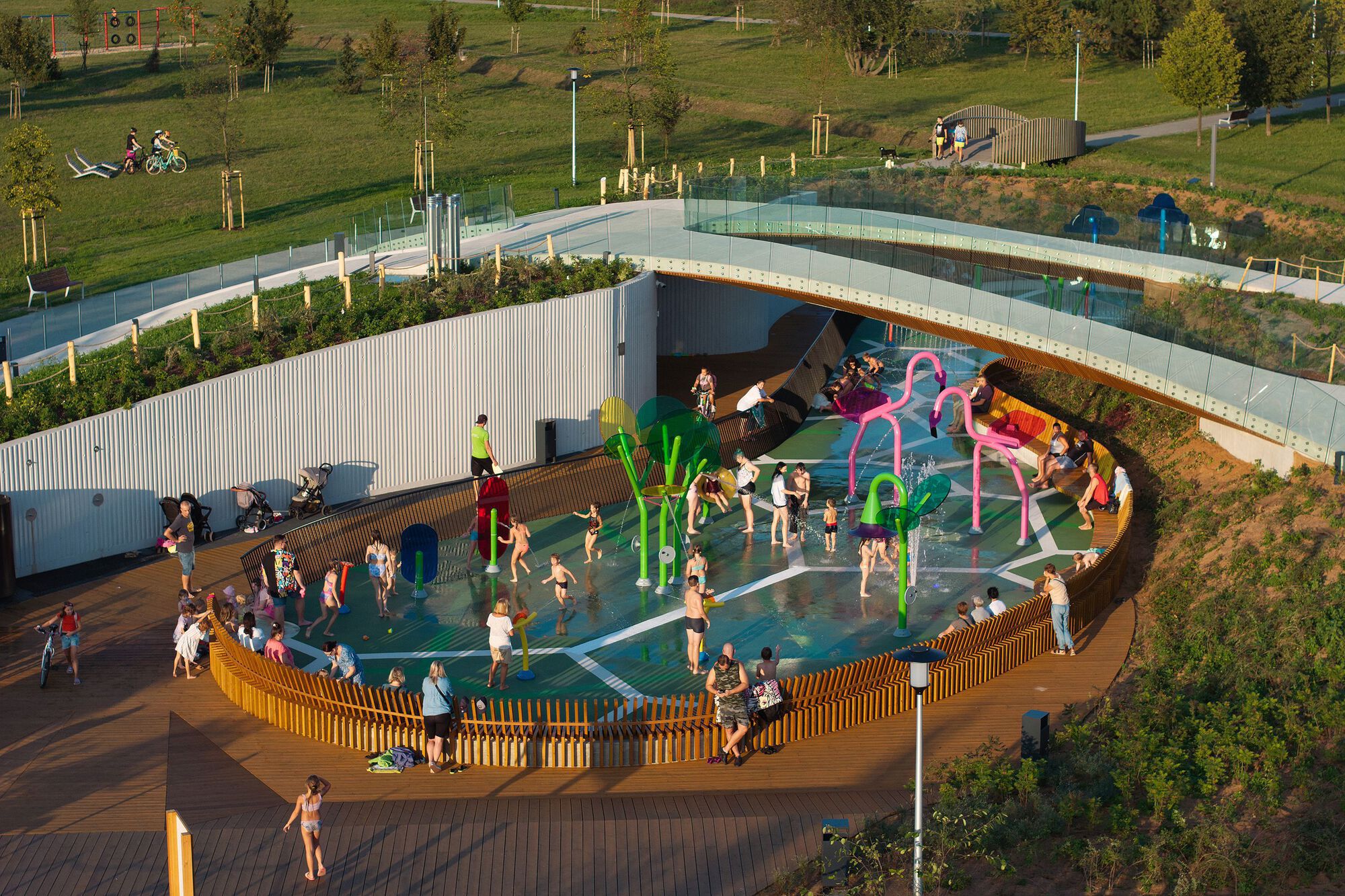
"When the architecture of play spaces excludes certain bodies or modes of participation, the collective experience becomes fragmented and loses part of its meaning."
"Designing with inclusion in mind means recognizing that the actual value of play lies in its potential to be shared by everyone."
"Play structures serve as the link between playfulness and architecture, providing the physical and sensory framework for exploration and creativity."
"Contemporary approaches in space design for children embrace the diversity of bodies, movements, abilities, and experiences, making play accessible and enjoyable for all."
Play serves as a fundamental cultural element, allowing children to bond, interact, and engage creatively within their environments. Exclusion in play space design results in fragmented experiences. Inclusion in designing play areas is essential, as it acknowledges the importance of shared play for all individuals. Architectural elements foster playfulness, providing sensory frameworks for exploration. Historical figures like Friedrich Fröbel, Isamu Noguchi, and Aldo van Eyck have shaped playgrounds encouraging movement and creativity. Contemporary design approaches focus on universal accessibility, celebrating diverse bodies and experiences to ensure play is enjoyable for everyone.
Read at ArchDaily
Unable to calculate read time
Collection
[
|
...
]